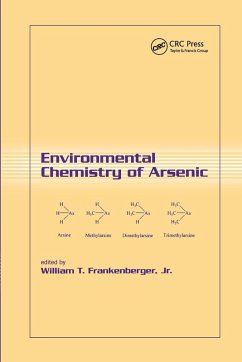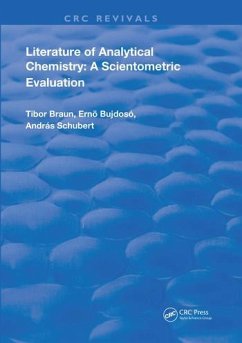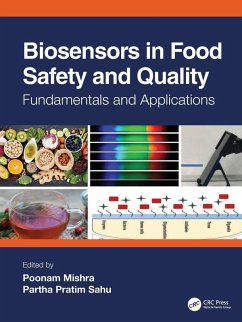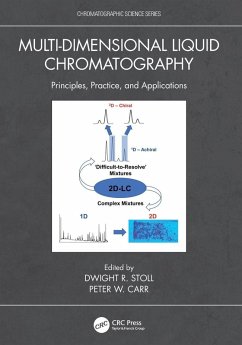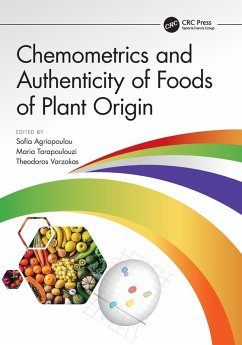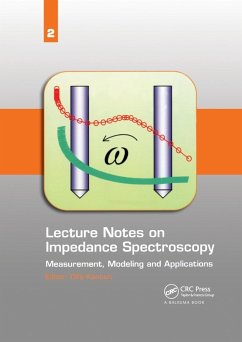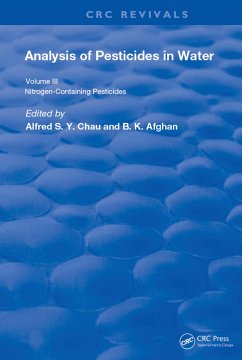
Organic Chemistry
Structure, Function, and Practice
Versandkostenfrei!
Versandfertig in 1-2 Wochen
133,99 €
inkl. MwSt.
Weitere Ausgaben:

PAYBACK Punkte
67 °P sammeln!
With a focus on organic chemistry students at all levels, problems are incorporated into the body of the text in an effort to engage students more directly in chemistry.





